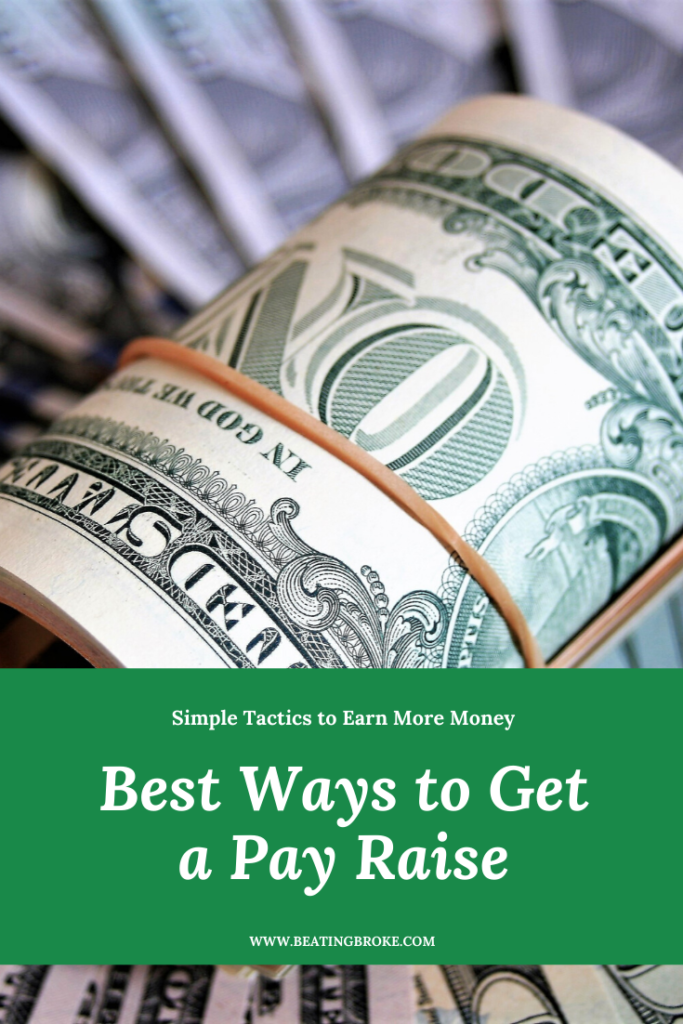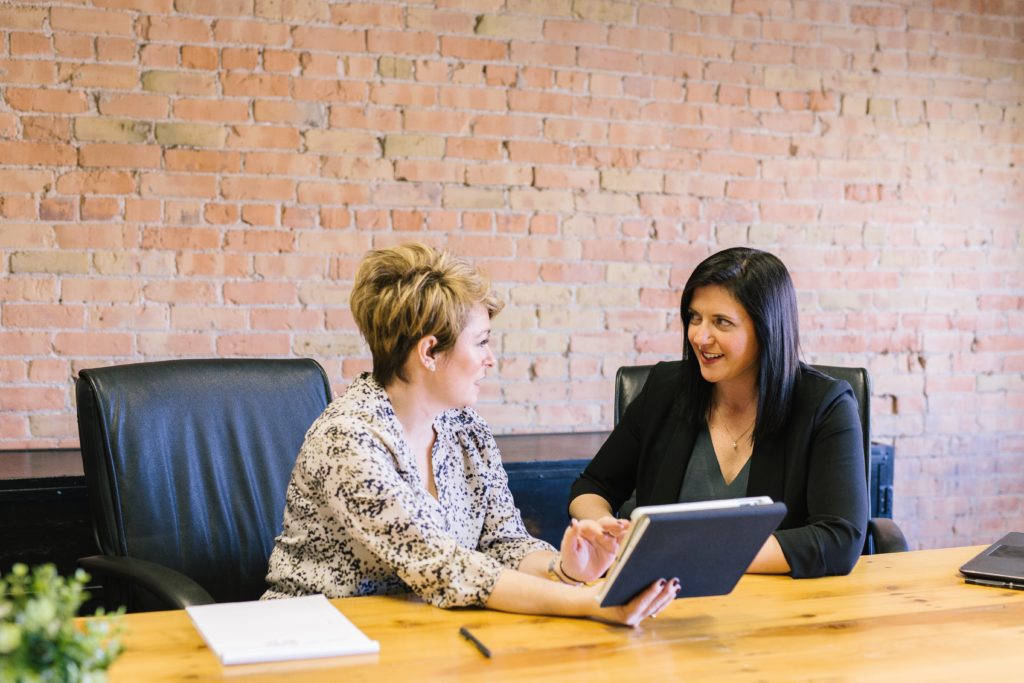As life would have it, you’ve just been involved in a serious accident. To top it all off, you’ve sustained injuries that will certainly keep you out of work for some time. You’re already strapped for cash, so you’re probably freaking out about how you’re going to survive the next couple of months (or years). Before you add tension to an already stressful situation (and prolonging your healing process), you should know that there are ways to manage – even if you’re broke.
Costs of a Car Accident
Not many people consider the true cost of a car accident. Outside of possibly paying an insurance deductible, you could also be responsible for repairs, medical bills, and medical-related expenses (i.e. co-pays or medical supplies). There’s also the added fact that you’re not able to work until you get clearance from your doctor. This leaves you hemorrhaging money that could result in you not being able to pay your regular bills. Ultimately, knowing where to turn in times of a financial crisis such as this is key to your survival.
Hire an Attorney
If you believe the accident wasn’t your fault, you should consult an accident attorney immediately to discuss your case. If there is sufficient evidence that you were not the at-fault party, a trained attorney may be able to use this information to help you get a considerable settlement from the insurance company or by filing a personal injury lawsuit and pleading your case in court. You could get money to cover your medical bills (past and present), medical-related expenses, and the time that you’re out of work if you win your case. This, of course, would take a load off your shoulders (and your pockets).
Dip Into Emergency Savings
An emergency savings account is an account where you set money aside for a rainy day or unforeseen circumstance. Getting into an accident is certainly an ideal time to use those funds. If you have several months’ worth of income saved in the account, you could find peace of mind in knowing that your bills are covered for a little while until you come up with other financial solutions.
File for Disability
If the injuries you’ve sustained are serious enough, you may be able to qualify for temporary or long-term disability coverage. This would provide you with a monthly income that can be used to cover the bills. It can take several weeks to get approved, so be sure to apply as soon as possible. You’ll likely need your medical reports or notes from your doctor to explain your injuries and ideal time in which you can return to work.
Look Into Assistance Programs
There are plenty of programs available for those going through hard times or living on a limited income. They are free to apply for and could provide you with peace of mind. There are programs to help with healthcare, car insurance, food, housing, childcare, and even transportation costs. Check with your local board of social services to find out how to apply for such programs.
Cut Costs
If you’re really struggling financially you’re going to have to get serious about your spending. Cutting back on your costs could help you save several hundred bucks each month. Cut your cable subscription, cancel monthly subscriptions for products and services you don’t need, or cook at home instead of eating out. You should also use methods like waiting 72 hours before making a purchase to ensure it’s something you really need.
Downsize
You may not like this next bit of advice, but if your injuries are long-term or permanent, downsizing may be the only way to survive financially. If you’re already broke or living on a shoestring budget, eventually, you’ll find yourself accumulating more and more debt and causing a plethora of financial trouble for yourself. If necessary, move to a smaller house or more affordable apartment, or consider living with family to give yourself a financial break.
You never thought you’d find yourself dealing with the aftermath of a serious accident, but here you are. Though overcoming this situation requires more than finances, when you’ve got bills piling up and can’t afford the bare necessities, the stress really adds up. As increased stress only intensifies pain and prolongs physical and psychological healing, it is ideal to have solutions to help you cover the costs of the car accident. With such a big stressor lifted, you can focus your energy on your physical and emotional well being.



